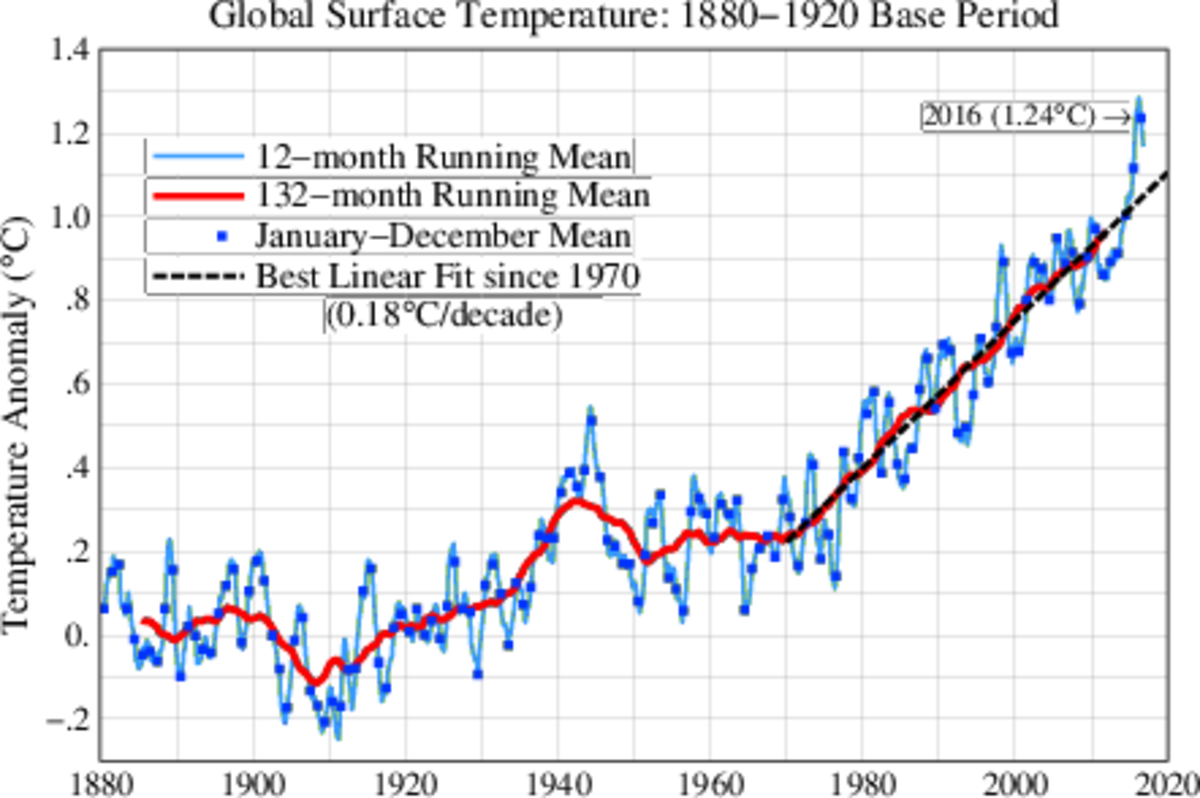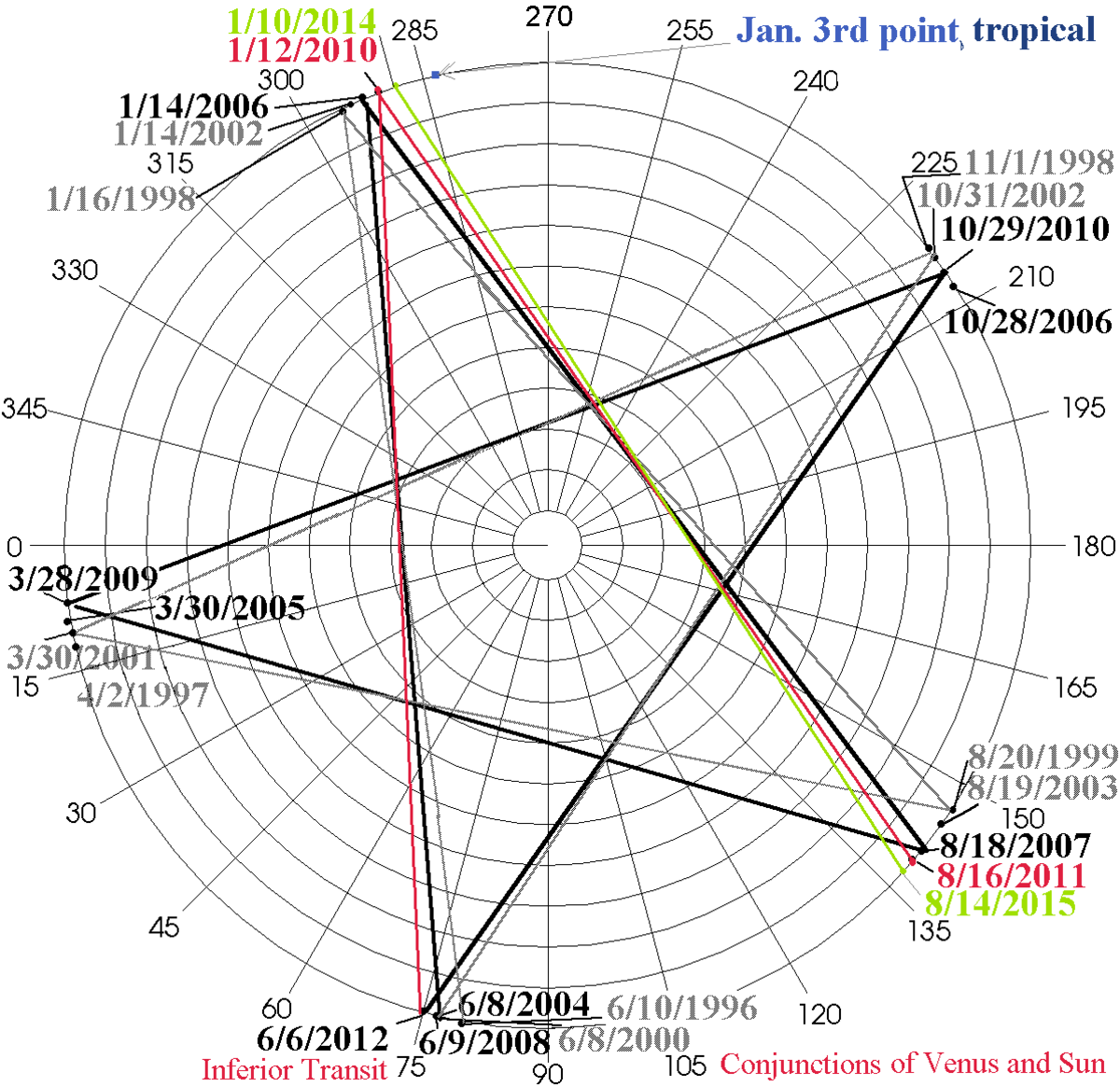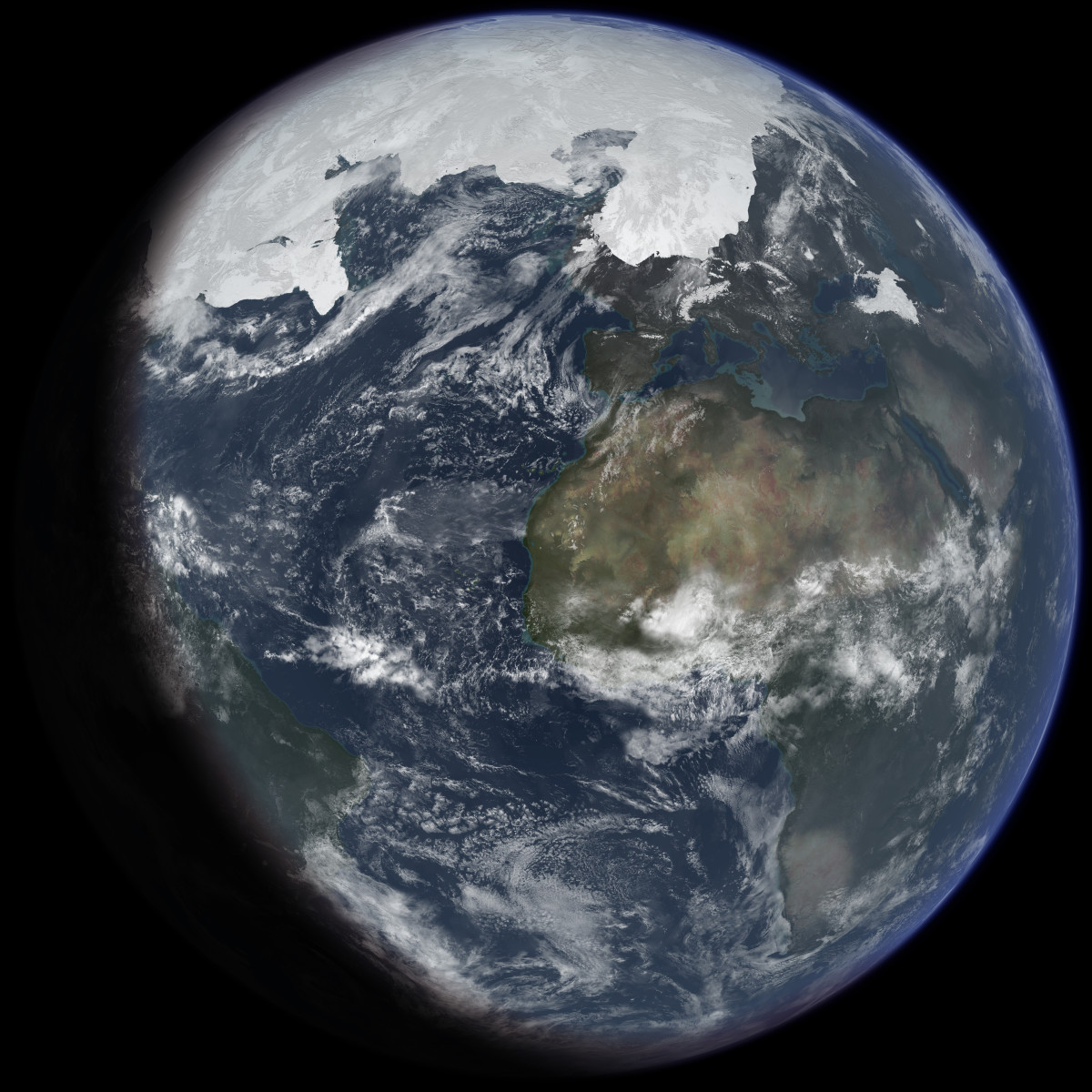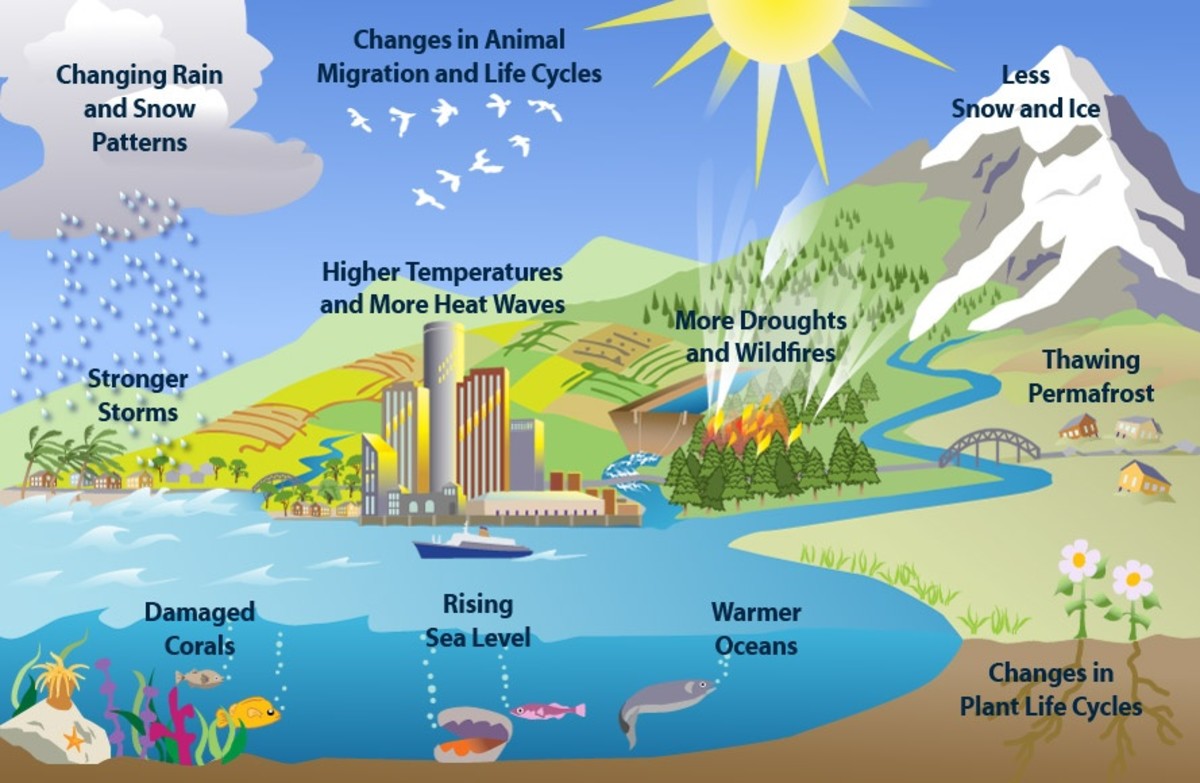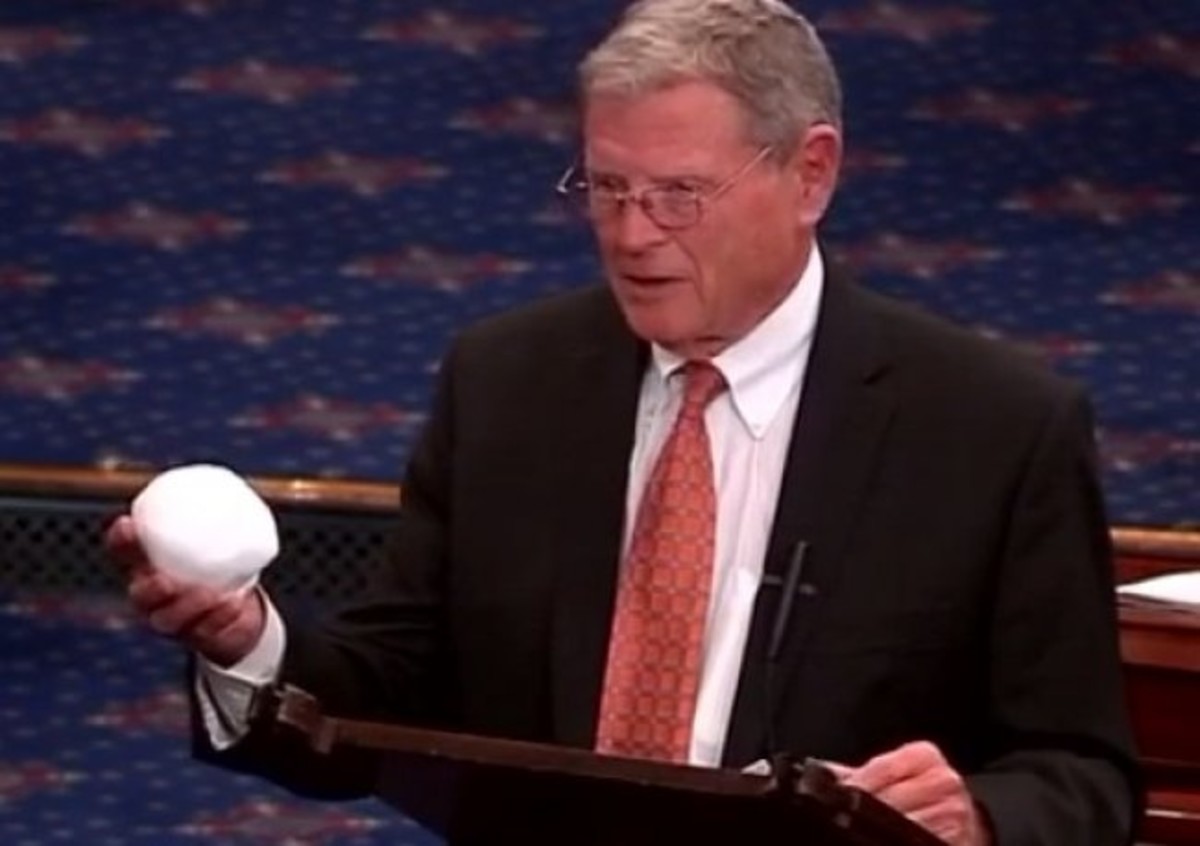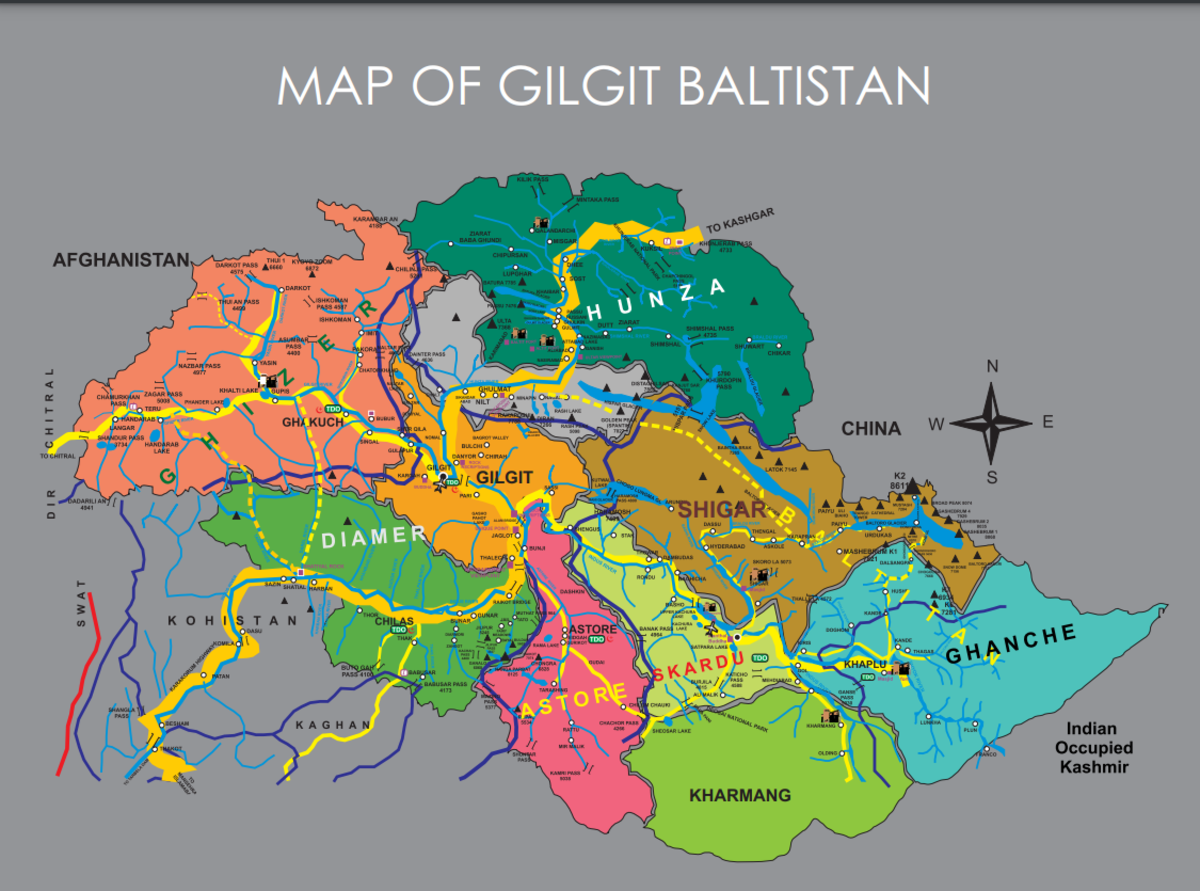The Science Behind Climate Change: Weather Pattern Cycles on Earth and Global Warming
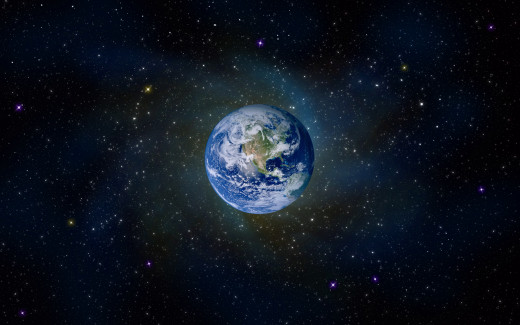
What Causes the Earth to Warm
Global warming has become a highly controversial topic. Influenced by political forces, it has become more than simply a scientific phenomena. The word itself - global warming - has the ability to strike fear in many. Climate change and global warming work hand-in-hand and the former is more commonly used to express the issues facing our current environment and society.
To understand climate change, one must examine the heat that both enters and exits our Earth system. The sun provides the initial energy for the planet. Some of this energy is absorbed and some is reflected back into the atmosphere as infrared radiation. When more energy, sunlight, is absorbed, less heat leaves the system. This results in the heating of the earth's surface. Multiple factors are involved in the temperature of the Earth including natural cycles of the solar system and greenhouse gases.
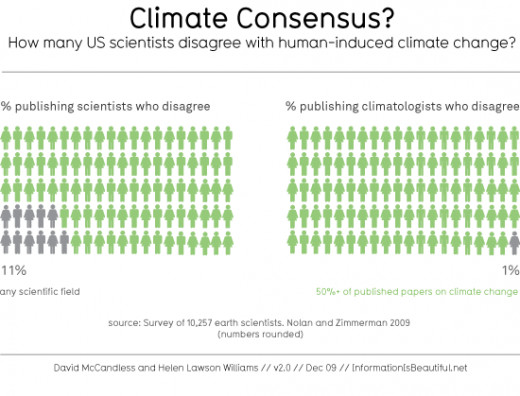
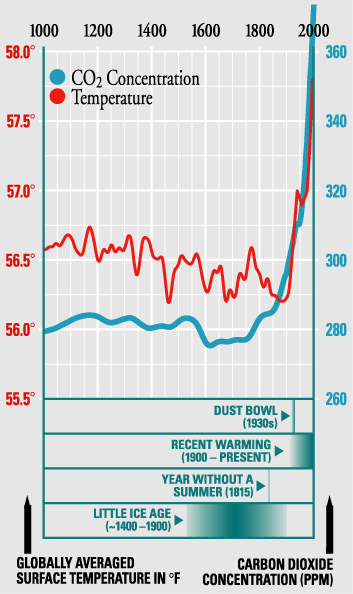
What is the Greenhouse Effect
Greenhouse gases contribute to the warming of the Earth by absorbing the sun's energy, allowing less of this infrared radiation to escape back into the atmosphere. Greenhouse gases come from a variety of sources. In fact, water vapor is the leader in greenhouse gases. Other greenhouse gases include: methane, carbon dioxide, chlorofluorocarbons and nitrous oxide.
These greenhouse gases essentially trap the heat in the Earth's atmosphere - blanketing the surface. The greenhouse effect is essential to the survival of the planet. That is, the natural greenhouse effect. Without this, the Earth would be 5°C (-20°C with the Earth's reflectivity). The natural greenhouse effect raises the Earth's average temperature to comfortable 15°C (59°F).
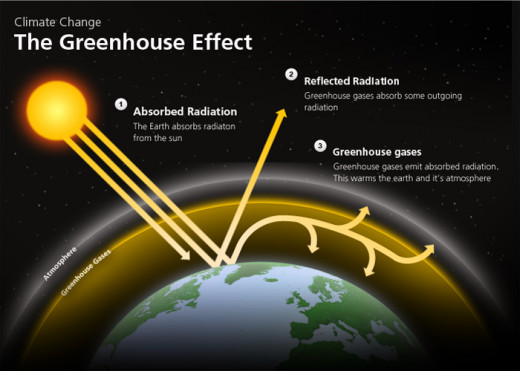
Why Does Carbon Dioxide Fluctuate Yearly?
Atmospheric carbon dioxide is directly related to seasons. As the North encompasses the majority of the world's land mass, their seasons constitute the worlds yearly pattern. During the Northern hemisphere's spring and summer, more plants are able to perform photosynthesis and convert to carbon dioxide to oxygen - reducing the CO2 levels. In the fall and winter, the exact opposite is true, increasing the carbon dioxide levels. This results in the Keeling Curve demonstrating the average rise in carbon dioxide levels over the past century coupled with the yearly fluctuations dictated by the seasons.
Why is the Greenhouse Effect a Bad Thing
As previously noted, the greenhouse effect is a natural phenomena that is necessary to sustain the current life forms on Earth. Why is it that the greenhouse effect is often noted when discussing the causes of global warming and climate change? In the latter part of the past century, carbon dioxide levels have increased along with the average temperature of the Earth. In fact, January 2014 was the fourth warmest January on record. One must look at carbon dioxide to note the increase in greenhouse gases. According to NOAA human generated greenhouse gases have increased 27.5% from 1990 to 2009. With the advent of technology and manufacturing beginning with the Industrial Revolution, carbon dioxide emissions have skyrocketed. This greenhouse effect works in a vicious cycle. As carbon dioxide emissions have increased and the Earth's temperature as risen, more evaporation takes place. This further increases the water vapor in the atmosphere - the main culprit of greenhouse gases.
While these carbon dioxide emissions have increased along with the Earth's average temperature, the carbon dioxide in the atmosphere has been much higher in the past. Roughly 50 million years ago atmospheric carbon dioxide was estimated to 1,000 ppm, while today it fluctuates around 400 ppm. At the same time, this is not the hottest the planet has ever been. The real concern lies with increase of both carbon dioxide emissions and temperature that cannot be predicted using the models of past climate fluctuations and patterns. At the same time, those increases in carbon dioxide occurred over a much longer time frame than we are dealing with currently.
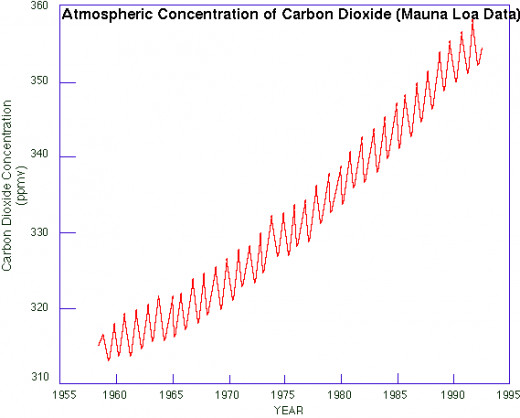
Do you believe global warming is a result of human influence?
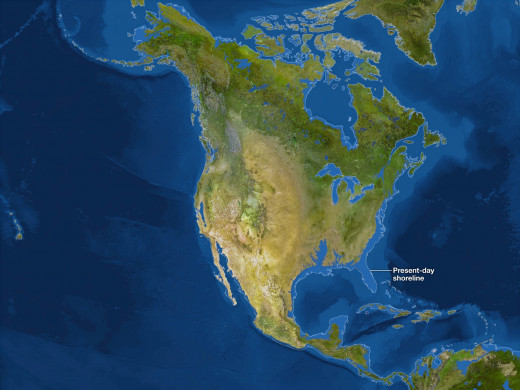
Earth's Natural Weather Patterns
The cause of climate change has not been widely accepted. The increase in the carbon dioxide emissions is a result of human influence. The effect of these emissions on climate change is the real controversy. The spectrum of beliefs are wide and far-reaching. To simplify things let's take a look at two distinct sides. The first side is those who believe in the former - human influence has resulted in an increase in CO2 emissions which have increased the greenhouse effect, warming the Earth. The other side opposed this viewpoint. Most do not believe that human influence is the cause of global warming, some do not even believe in global warming at all. Those that hold this opinion attribute this climate change to the natural cycles of the warming and cooling of the planet.
Several cycles dictate the changing climate. These three include: precession, tilt and eccentricity. Together, the three constitute the Milankovich Cycles. These cycles are dictated by the "wobble" of the Earth's axis, the tilt of the Earth towards the sun and the slight variation of Earth's orbit around the sun. These three determinants occur on 23,000, 41,000 and 100,000 year cycles respectively. When the three align to produce conditions in which the sun reaches the Earth at a maximum intensity a warming will occur; when the three align to produce conditions in which the sun reaches the Earth at the minimal intensity, an Ice Age is the result.
Some look towards these cycles to explain global warming as a natural pattern of the Earth. Looking at past models, however, the Milankovich Cycles cannot explain this sudden warming. Beginning in the year 1,000, the Earth's natural climate patterns appeared as though we were headed towards an Ice Age. The average annual temperature was steadily decreasing until 1900. During the 1900s the temperature rapidly spiked, and has been increasing ever since. In this way, the natural weather patterns cannot be blamed for climate change.
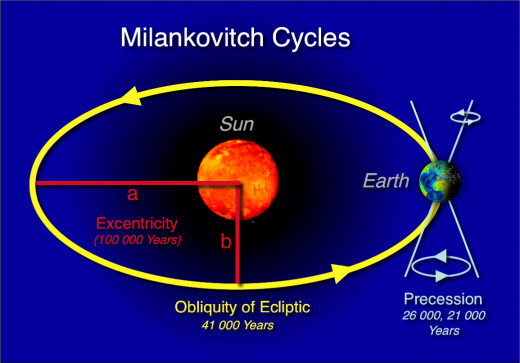
- Global Warming Simulation, Global Warming Interactive, Climate Change Interactive - National Geograp
Learn about the impacts of Global Warming at National Geographic. Get facts, news, wallpapers, watch videos, and learn about solutions.
Results of Climate Change
So, what does all of this mean? The science indicates that human influence has contributed to climate change as we've increased our carbon dioxide emissions and greenhouse gases, further accelerating the greenhouse effect and average temperature of the Earth. Climate change can result in a variety of issues including:
- A disturbance of climate patterns
- Spread of tropical diseases as the temperature rises
- Sea-level rise as a result of the melting glaciers and increased temperatures of the ocean
- Destruction of coastal communities due to the sea-level rise and washing away of wetlands and estuaries
- Changes in agriculture

